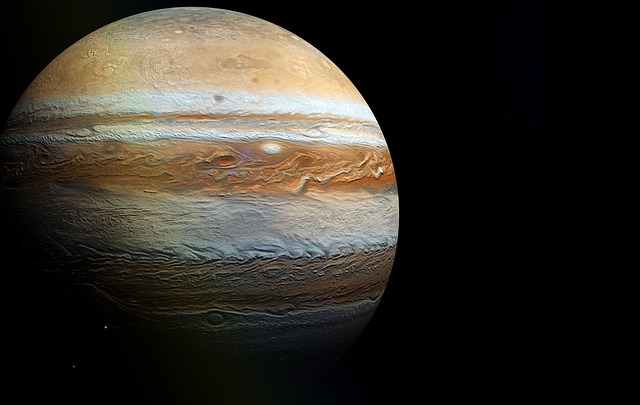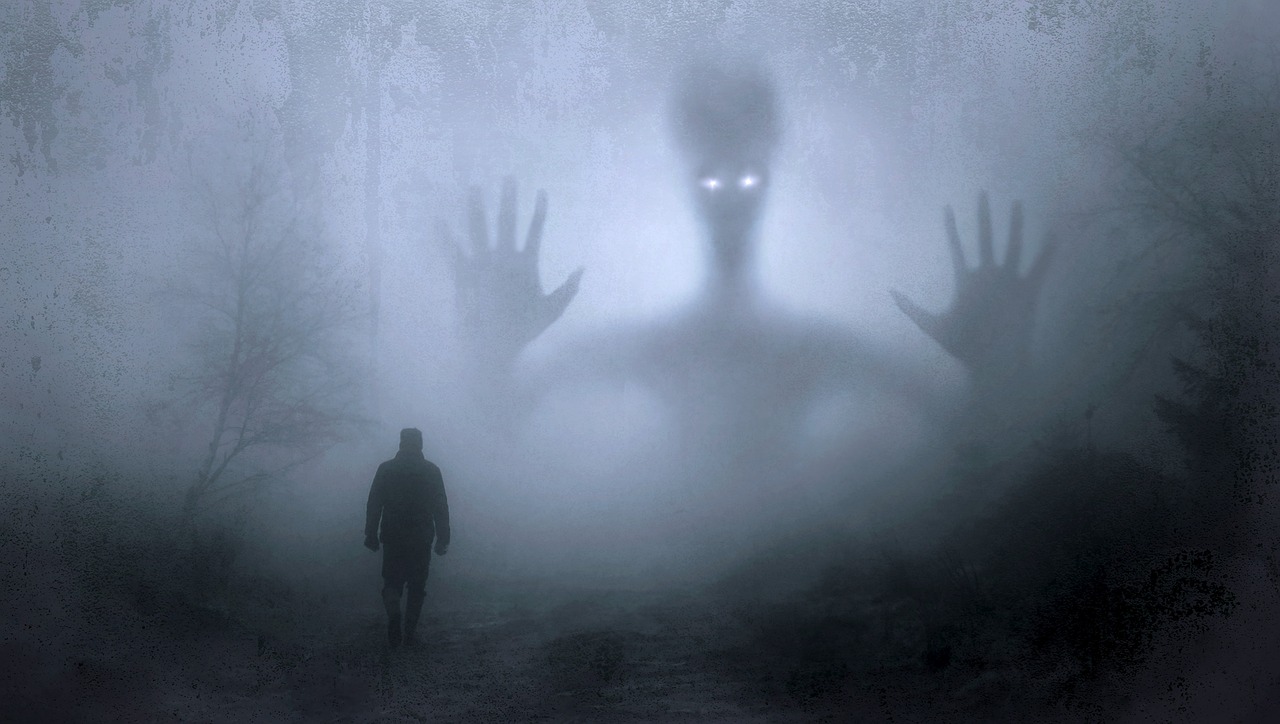
Jupiter: The Giant That Rules the Solar System — And We’re Just Getting Started
Introduction: Meet Jupiter — The King of the Solar System
Okay, let’s be real — when it comes to our solar system, Jupiter is the undisputed heavyweight champion. It’s a planet so big, so powerful, and so full of mystery that it makes every other planet feel like a little sidekick. Jupiter is not just a planet; it’s a force of nature. It’s the kind of place that makes you ask, “How does this thing even exist?” From its epic storms to its insane magnetic field, Jupiter is full of secrets and surprises that keep scientists (and us) coming back for more.
So, buckle up, because we’re about to take you on a wild ride through Jupiter’s incredible world. Spoiler alert: it’s not just about being big.
1. How Does Jupiter’s Gravity Shape Our Solar System?
Jupiter’s gravity isn’t just a fact — it’s an all-powerful cosmic force that could easily be the most important thing in our solar system. How? Well, this massive planet is like the solar system’s bodyguard. If you think of the solar system as a giant game of cosmic dodgeball, Jupiter is the one standing at the front, blocking everything that comes its way.
Here’s the thing: Jupiter’s gravity is so strong, it can literally redirect comets, asteroids, and space debris that would otherwise smash into Earth. Imagine that — Jupiter, just chilling on the outskirts, doing its thing, and preventing catastrophe from hitting our planet. So, next time you’re safe and sound, thank Jupiter for being our solar system’s ultimate bodyguard.
And don’t even get us started on the Jovian moons. Jupiter’s gravity has sculpted a collection of 79 moons (yep, 79!). Its pull is so intense that it keeps some moons in a constant dance, while others get stretched and compressed by tidal forces, causing everything from volcanoes to ocean movements. Jupiter doesn’t just pull — it shapes the universe around it.
2. What’s Going on Inside Jupiter? Let’s Talk Core…
We all know Jupiter is a giant, but have you ever wondered what’s going on beneath that massive cloud cover? We’ve all seen those stunning pictures of Jupiter’s swirly clouds, but what’s happening deep inside the planet? Here’s the kicker: Jupiter doesn’t have a solid surface. Instead, it’s like a giant ball of gas with an incredible interior.
The outer layers are made mostly of hydrogen and helium, but as you go deeper, the gas becomes denser and hotter until you reach the core. Now, here’s where it gets really interesting: scientists think Jupiter’s core is rocky and heavy — a solid mass that’s somewhere between 10 to 40 times the mass of Earth. It’s surrounded by a layer of metallic hydrogen, a substance so extreme, it doesn’t even behave like the hydrogen we know here on Earth. Instead of being a gas, this hydrogen is metallic, conducting electricity like a giant battery!
We’re still not entirely sure what’s happening at the very center, but one thing is certain: Jupiter’s core is likely the engine that drives its massive magnetic field. The pressure, temperature, and chemistry at play here are enough to make you appreciate just how alien this planet really is.
3. The Great Red Spot: Jupiter’s Eternal Storm
The Great Red Spot — sounds like the name of an epic blockbuster, right? But this isn’t some fictional movie set. It’s the longest-lasting storm in the solar system, and it’s been raging for over 400 years.
So, how does this giant storm persist for so long? For starters, the Great Red Spot is no ordinary storm. It’s three times the size of Earth, with wind speeds reaching 432 km/h (268 mph)! That’s faster than a Formula 1 car and way faster than the strongest storms on Earth. Despite all that power, the Great Red Spot is shrinking, but don’t be fooled. It’s still big enough to take up a decent chunk of Jupiter’s surface.
What causes this storm to last for centuries? The secret is in Jupiter’s dynamic atmosphere — constant mixing of gases, heat from its interior, and the planet’s sheer rotational speed. The storm’s persistence also has a lot to do with Jupiter’s lack of a solid surface. On Earth, storms tend to break up when they hit land. But on Jupiter, the absence of land and its rapid rotation allow storms to form, grow, and last for hundreds of years.
4. Jupiter’s Insane Magnetic Field: A Whole New Level of Power
We all know Earth has a magnetic field, but Jupiter’s magnetic field is on an entirely different level. How different? Well, it’s 14 times stronger than Earth’s. It’s a magnetic monster.
This massive magnetic field is generated by metallic hydrogen in Jupiter’s core. And it doesn’t just shield the planet — it creates the largest magnetosphere in the solar system. In fact, this magnetic bubble extends for more than 2 million kilometers into space, dwarfing even the entire size of the Earth!
What makes this so cool? Well, Jupiter’s magnetosphere captures particles from the solar wind and creates some of the most intense auroras we’ve ever seen. These auroras are so powerful, they’re comparable to the Northern Lights, but thousands of times more energetic! If you ever had the chance to visit Jupiter (which, let’s be honest, we all secretly hope happens one day), you’d be greeted with a sky lit up in electric hues. Talk about a cosmic light show!
5. How Do Jupiter’s Moons Reveal the Secrets of the Solar System?
Let’s not forget about Jupiter’s moons — they’re not just satellites. These moons hold clues to the origins of the solar system, and some even hint at the potential for life beyond Earth.
Take Europa, for example. It’s covered in ice, but scientists believe that beneath that icy shell is an underground ocean of liquid water, heated by tidal forces from Jupiter’s gravitational pull. This could mean life — yes, life — could exist there! And Ganymede, the largest moon in the solar system, has its own magnetic field (crazy, right?). Not to mention Io, a moon that’s constantly erupting with volcanic activity, thanks to the tidal stretching from Jupiter’s mighty gravity.
Each of Jupiter’s moons tells a different story about the formation of the solar system, and they’re crucial to understanding not only how Jupiter formed but also how life might be sustained in the cold depths of space. Who knew that Jupiter’s satellites were potential hotbeds for alien life?
Conclusion: Jupiter is Just Getting Started
We’ve barely scratched the surface here, but one thing is for sure: Jupiter is a planet of unimaginable power and complexity. Whether it’s its massive storms, magnetic field, or its moons that hold potential secrets to life, Jupiter continues to amaze scientists and skywatchers alike. With upcoming missions like NASA’s Juno and Europa Clipper, the mysteries of Jupiter are only just beginning to unravel.
So, next time you look up at the night sky and spot that bright dot, remember: Jupiter isn’t just another planet — it’s a mysterious giant that holds the keys to understanding the very nature of our solar system. And, just maybe, the answers to questions we haven’t even thought of yet.



